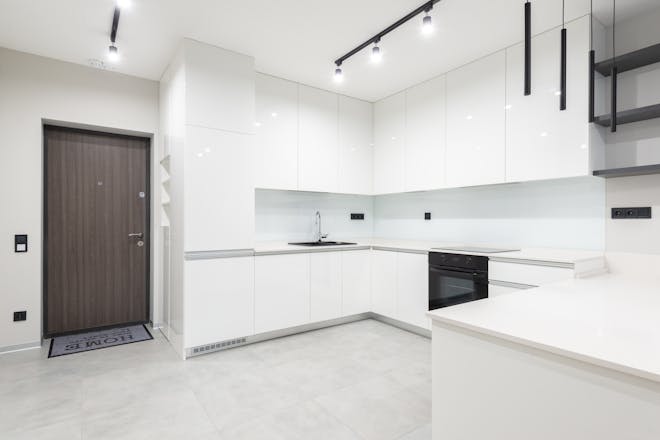Reverse Sear 6 lb Prime Rib: The Ultimate Guide
When looking to impress dinner guests with a perfectly cooked 6 lb prime rib, the reverse sear method is your secret weapon. This technique, beloved by meat enthusiasts and professional chefs alike, ensures an evenly cooked, juicy, and flavor-packed roast every time.
Understanding the Reverse Sear Method
The reverse sear is a cooking method that starts with a low-temperature oven or smoker to gently cook your prime rib, followed by a high-heat sear for a beautifully browned crust. This approach contrasts with the traditional method of searing first and then roasting. The reverse sear is particularly effective for thicker cuts of meat, like a 6 lb prime rib, as it promotes a more uniform doneness from edge to center.
Preparing Your Prime Rib for the Reverse Sear
Begin with a high-quality, 6 lb prime rib roast at room temperature. Season generously with salt, pepper, and any other preferred spices—rosemary, thyme, and garlic powder work well. Ensure the seasoning is evenly distributed across the surface of the meat for optimal flavor.
Slow-Cooking to Perfection
Preheat your oven to 250°F (120°C). Place the seasoned prime rib on a rack in a roasting pan, bone-side down. Insert a meat thermometer into the thickest part of the roast, avoiding the bone and fat. Cook until the internal temperature reaches about 110°F (43°C) for rare or 120°F (49°C) for medium-rare. This slow-cooking stage can take several hours, so patience is key.
The Searing Finale
Once the prime rib reaches the desired internal temperature, remove it from the oven and let it rest for about 20 minutes. During this time, the internal temperature will continue to rise slightly. Preheat a cast-iron skillet or grill to high heat. Sear the roast on all sides until a rich, golden-brown crust forms. This should only take a few minutes per side. Be careful not to overcook the meat during this final step.
Carving and Serving Your 6 lb Prime Rib
After searing, let the prime rib rest for 10-15 minutes to allow the juices to redistribute. Slice against the grain for maximum tenderness, and serve immediately. The reverse sear method should yield a prime rib that’s succulent and pink throughout, with a crisp exterior that’s sure to delight your guests.
Note: Always use a reliable meat thermometer to ensure food safety and the desired level of doneness.
The reverse sear technique may take longer than traditional roasting, but the superior results are well worth the extra time. By following this guide, even novice cooks can produce a restaurant-quality prime rib that’s perfectly cooked from edge to edge. So, the next time you’re tasked with preparing a 6 lb prime rib, consider the reverse sear method for a meal that’s sure to impress.
